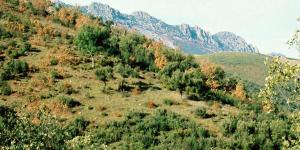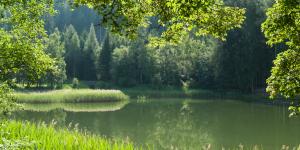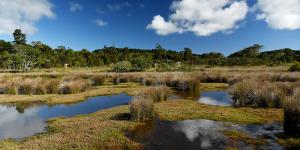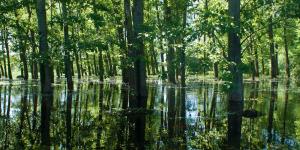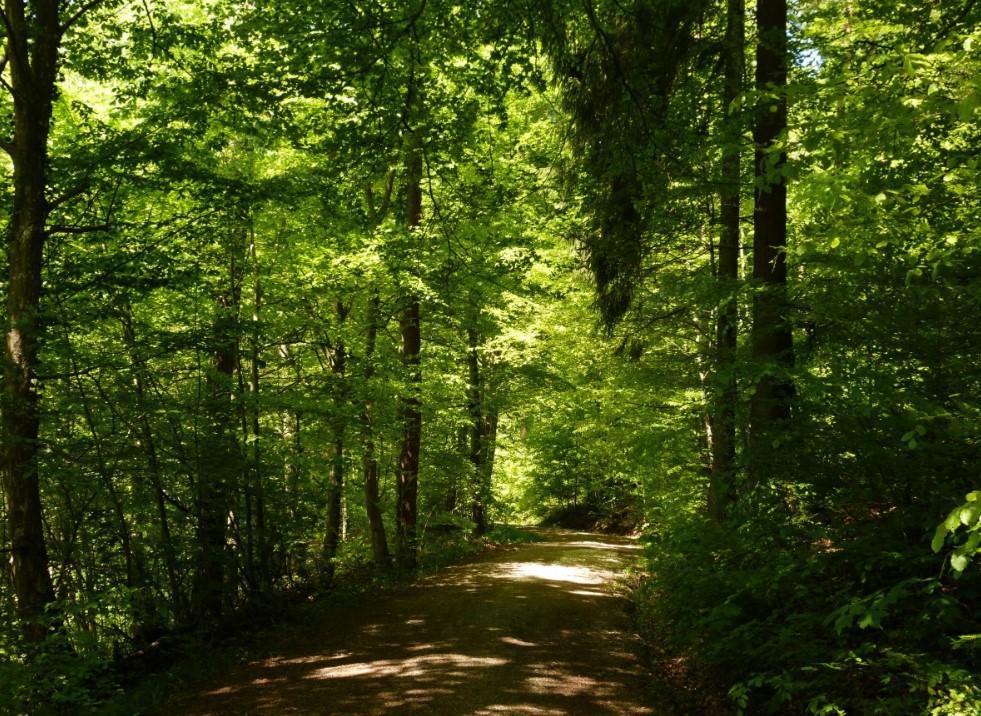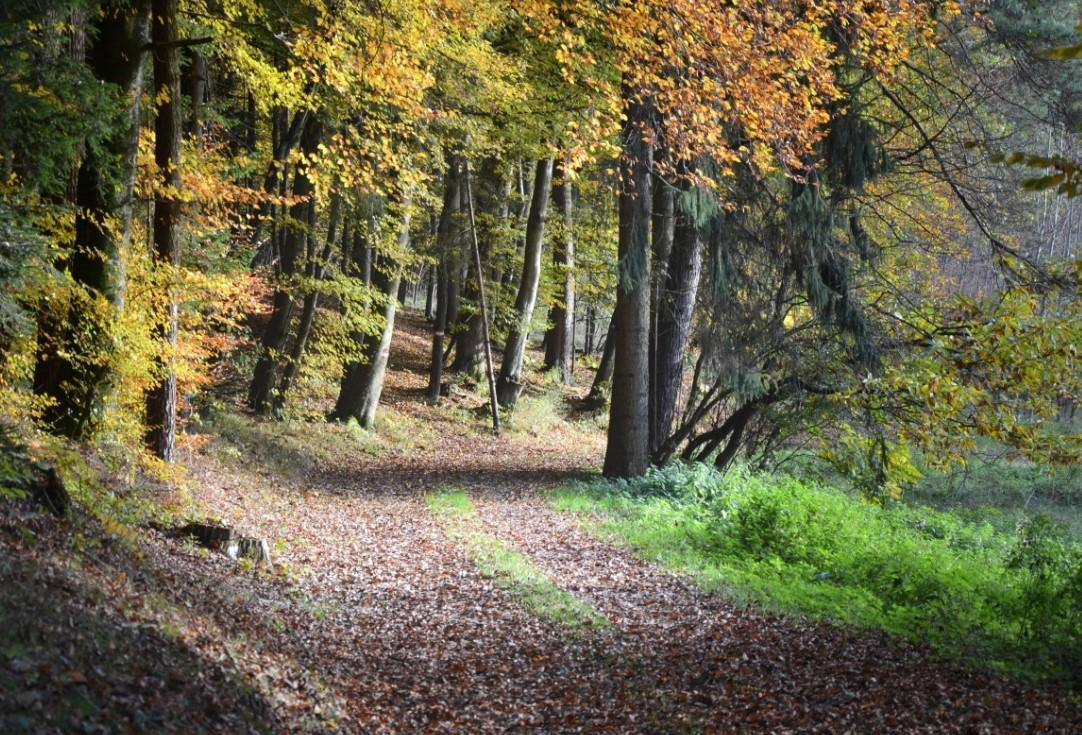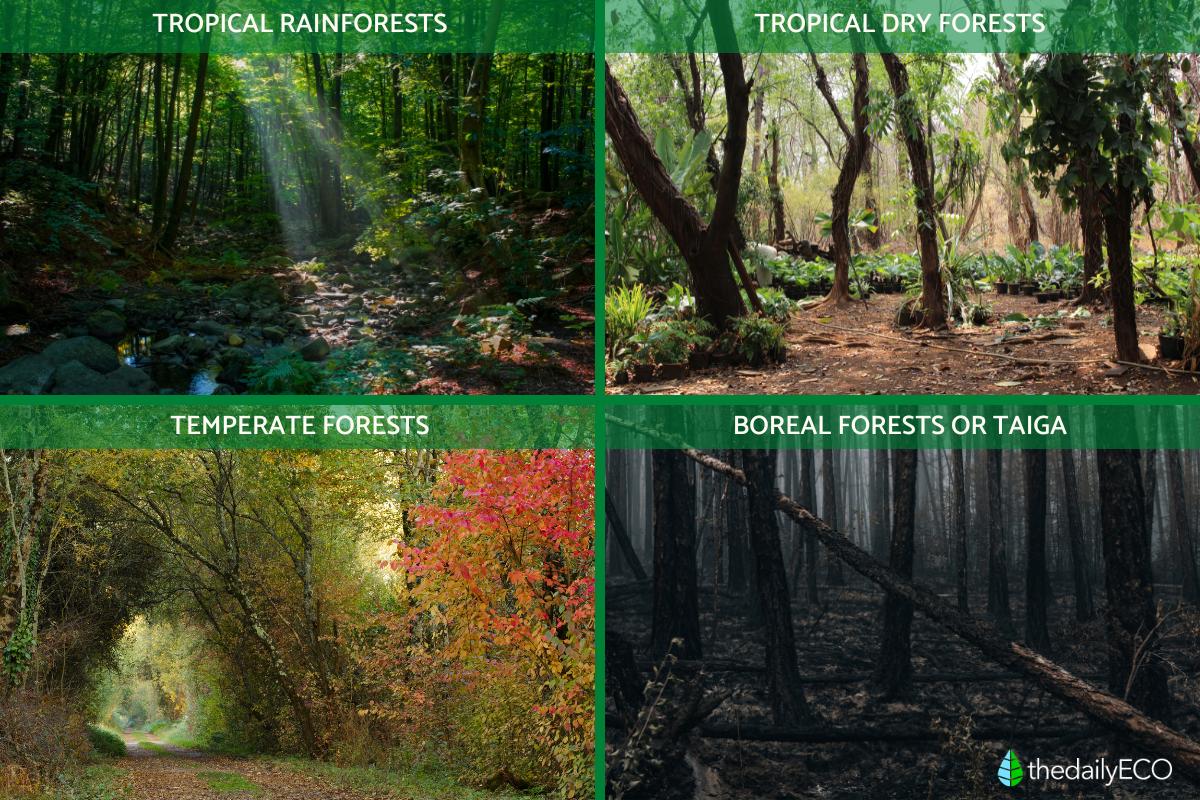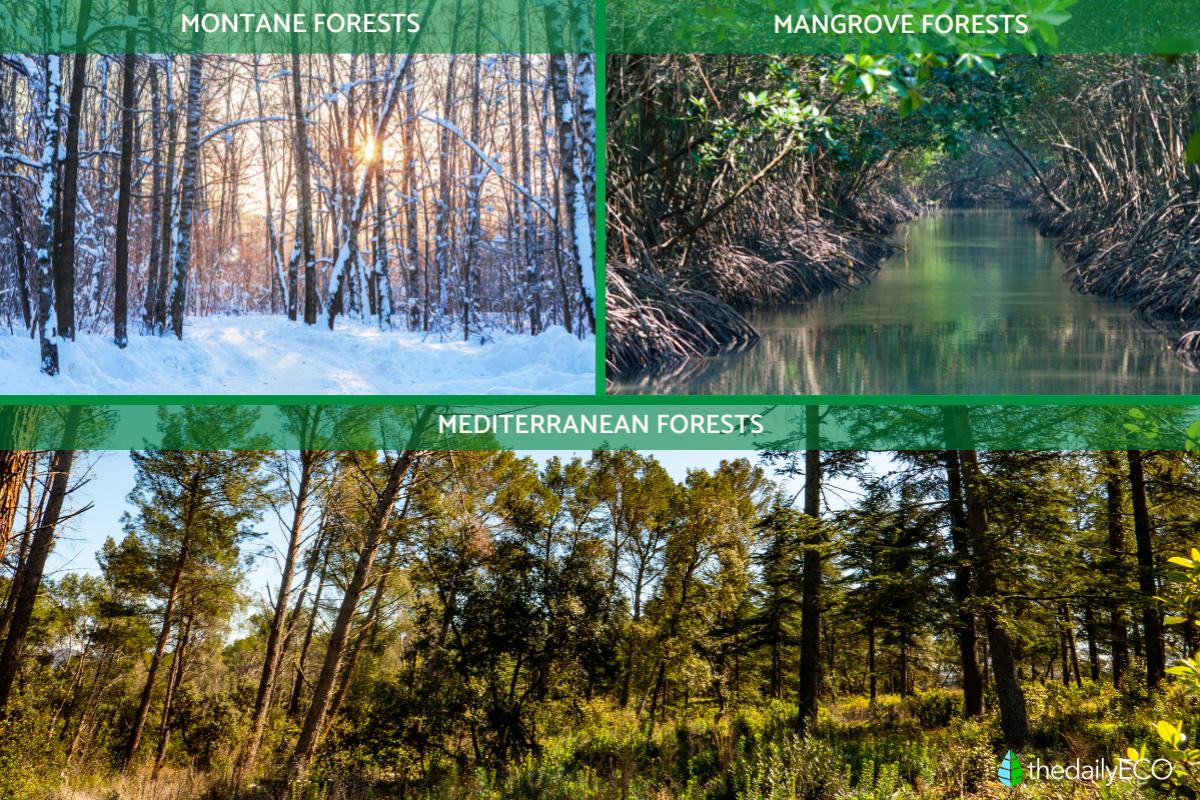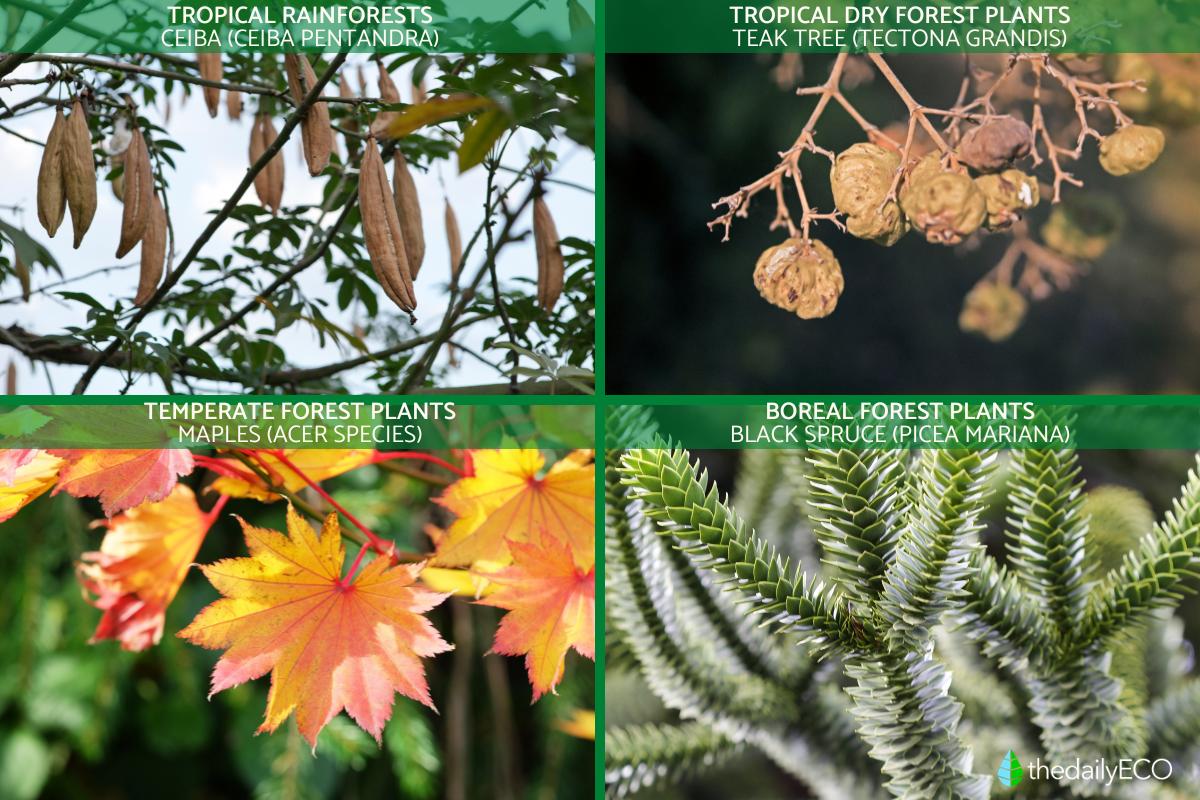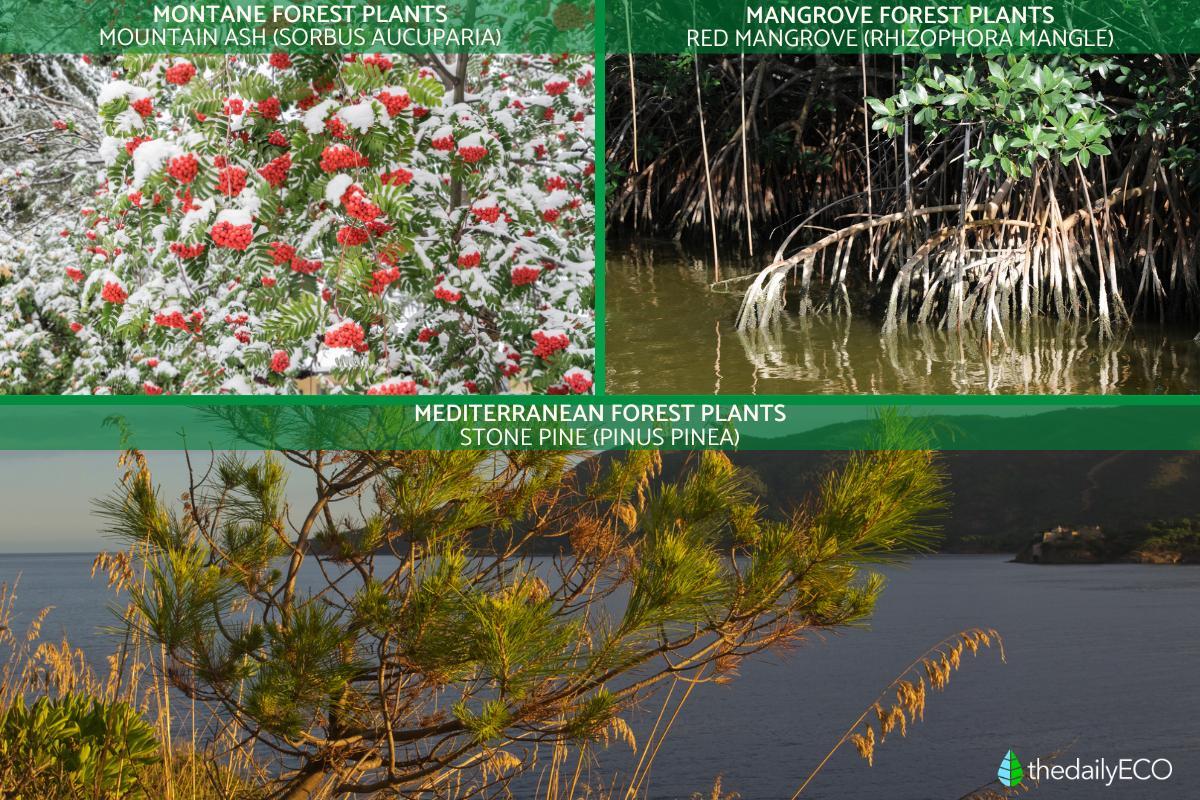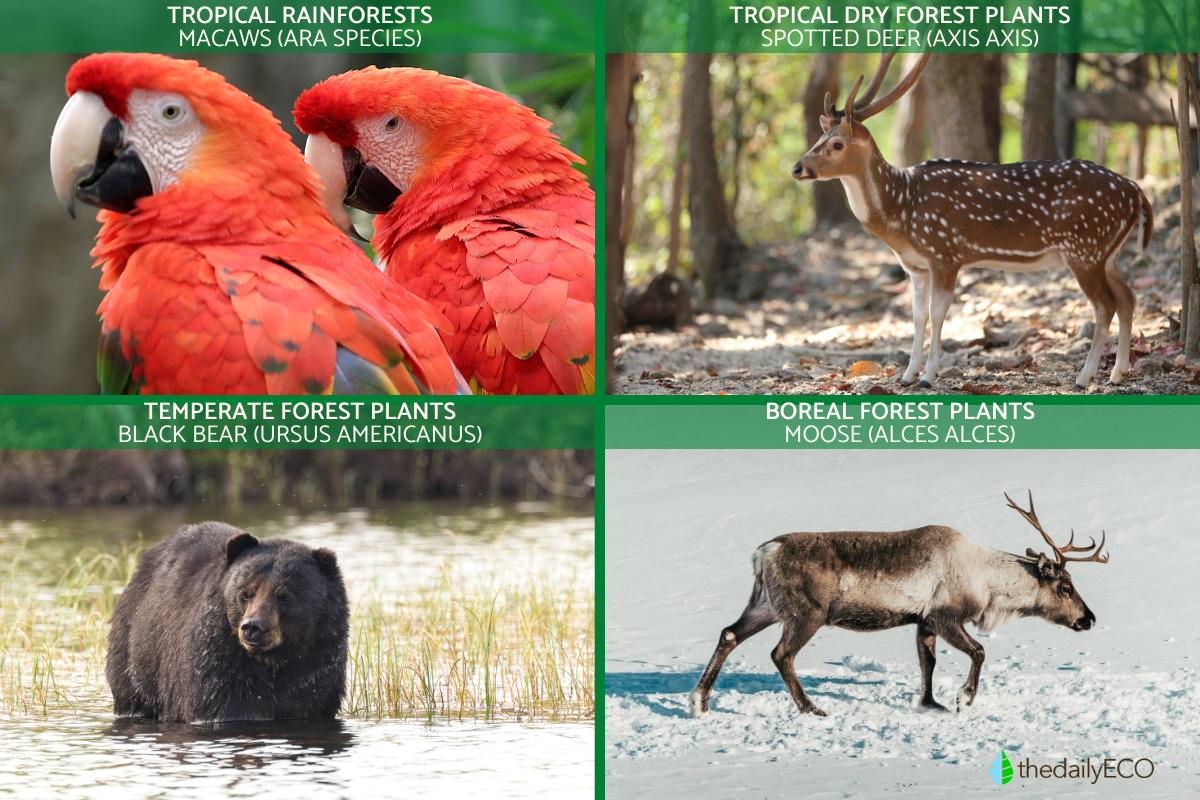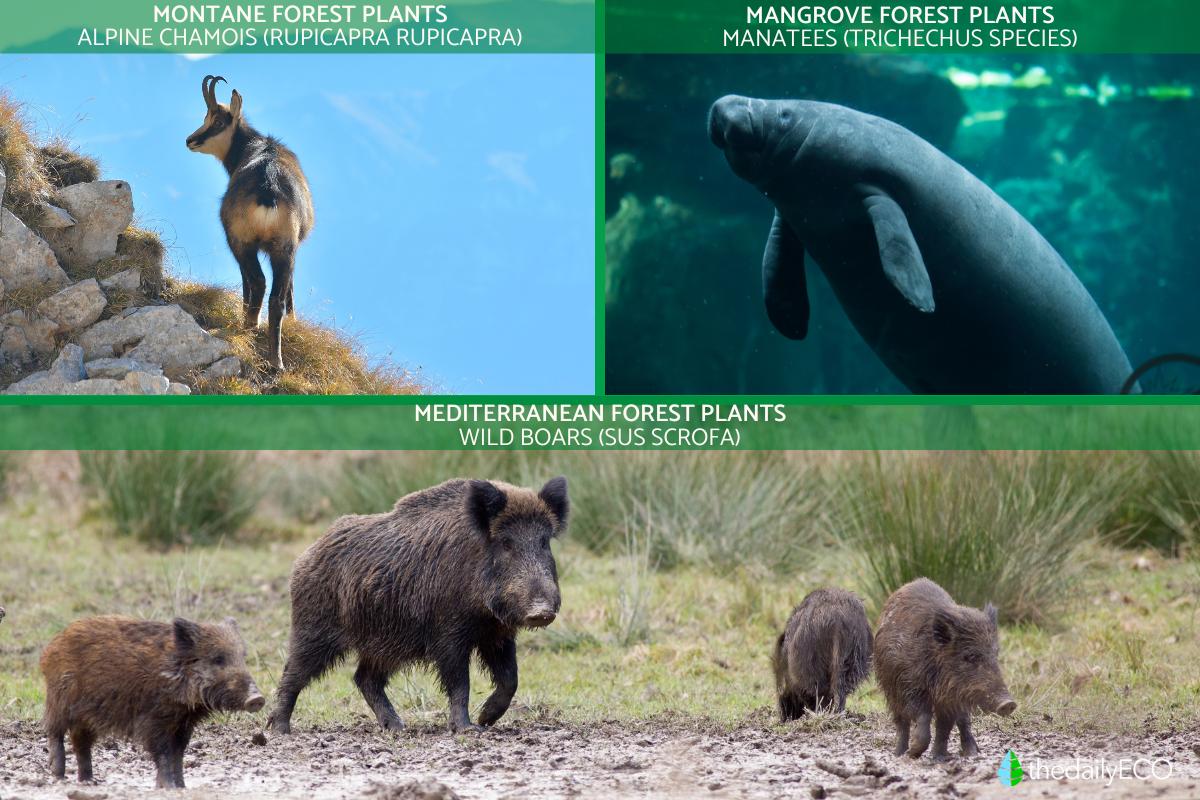What Is a Forest Ecosystem?

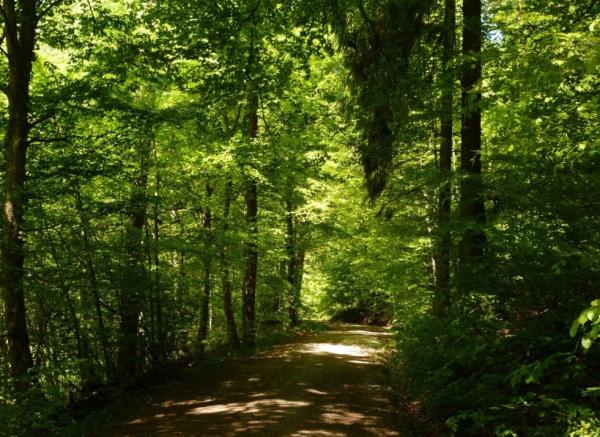
Forests are more than just collections of trees, they are complex and dynamic ecosystems characterized by intricate interactions between living organisms and their environment. These vital habitats, covering vast portions of the Earth's land surface, play a crucial role in regulating climate, supporting biodiversity, and providing essential resources.
In this article by thedailyECO, we explore what forest ecosystems are, their key features, and their diverse flora (plants) and fauna (animals). We will also examine how these elements interact to create the unique character of different forest types around the world, and how both plants and animals have adapted to thrive in these diverse environments.
What is the forest ecosystem?
A forest ecosystem is a dynamic community where trees serve as the dominant life form, creating a complex living network that supports diverse organisms.
This ecosystem consists of two main components:
The biotic community (biocenosis):
- Trees as the main species.
- Other plants and vegetation.
- Animals from microscopic to large mammals.
- Microorganisms that maintain soil health.
The abiotic (non-living) elements:
- Soil composition and structure.
- Local climate conditions.
- Water availability and cycling.
- Topography and mineral resources.
Trees play a crucial role beyond just dominating the landscape, they create and maintain the forest's structure, influence local weather patterns, and provide essential resources for other organisms. Their presence creates distinct layers of vegetation, from the canopy to the forest floor, each supporting unique communities of life.
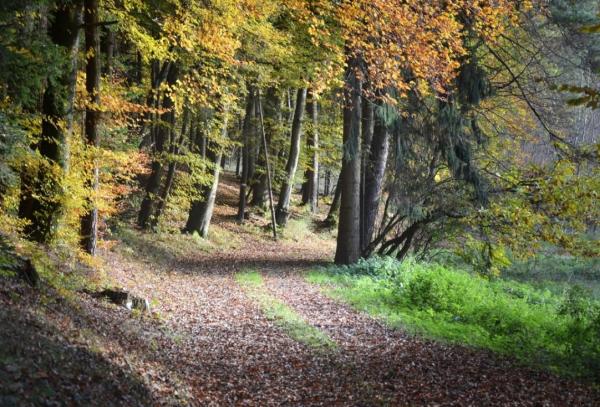
Characteristics of the forest ecosystem
Forest ecosystems are complex and dynamic environments that are characterized by specific environmental conditions and interactions between living organisms. In this section, we explore the key features that define these vital habitats:
- Temperature needs: trees need consistent temperatures above 10°C (50°F) to grow. While the length of time these temperatures are needed varies by region, this temperature requirement is essential for all forests.
- Geographic limits: forests are typically found between 70° north and south latitude and at elevations below 3,500-4,000 meters. These geographic and altitudinal limits are largely determined by suitable temperature and other environmental conditions for tree growth.
- Soil Requirements: healthy forests depend on relatively deep, nutrient-rich soils. These soils provide support for extensive root systems and host mycorrhizal networks—beneficial partnerships between tree roots and fungi that help trees absorb nutrients. Forests cannot thrive in shallow or very rocky soils.
- Water cycle: forests are essential to the water cycle. They capture and filter rainfall, influencing local rainfall patterns by affecting air currents and humidity. They also regulate water runoff, reducing erosion and flooding. Through evapotranspiration, which is the process of water moving from the ground through plants and into the atmosphere, forests further contribute to water circulation.
- Forest layers: forests have a specific layered structure. The canopy, formed by the crowns of mature trees, intercepts sunlight and creates shade. Below is the understory, a layer of younger trees, shrubs, and woody plants adapted to lower light. The ground layer, closest to the forest floor, consists of shrubs, grasses, and herbaceous plants that thrive in shade and humidity. These layers create diverse habitats and contribute to forest biodiversity.
- Biodiversity: the complex structure of forests creates a variety of habitats (ecological niches), supporting a wide range of life, from microscopic organisms to large mammals.
- Nutrient recycling: forests naturally recycle nutrients. Fallen leaves, branches, and other organic matter decompose, returning essential nutrients to the soil and maintaining its fertility.
Curious about how we're designing the forests of tomorrow? Dive into our guide on human-created forest environments.
Types of forest ecosystems
Forest ecosystems, while sharing fundamental characteristics, are uniquely adapted to their local environments. Each type has evolved distinct features to thrive in specific conditions:
- Tropical rainforests: found near the equator, these forests benefit from consistently warm temperatures and abundant rainfall, fostering year-round growth, complex vertical structures, and the highest biodiversity on Earth. The Amazon and Congo Basin are prime examples, showcasing intricate relationships among thousands of species.
- Tropical dry forests: in regions with distinct wet and dry seasons, these forests have developed unique survival strategies. Unlike rainforests, they experience a pronounced dry season, during which many trees shed their leaves to conserve water. This adaptation is seen in parts of India, Mexico, and Brazil.
- Temperate forests: these forests, found further from the equator, exhibit strong seasonal adaptations. They come in three main forms: deciduous forests (with seasonal leaf loss), coniferous forests (dominated by evergreens), and mixed forests (combining both). Examples include forests in the eastern United States, Europe, and parts of Asia.
- Boreal forests or Taiga: near the northernmost limits of forest growth, boreal forests, also known as taiga, are exceptionally hardy. These vast coniferous forests, such as the Siberian Taiga and Canadian Boreal Forest, endure long, cold winters and thrive during short summers when temperatures rise above 10°C.
- Montane Forests: altitude significantly influences these forests. As elevation increases, montane forests transition through distinct zones, each adapted to specific conditions. However, they rarely survive above 3,500-4,000 meters due to increasingly cold temperatures.
- Mangrove forests: located along tropical and subtropical coastlines, mangrove forests are uniquely adapted to the interface of land and sea. These specialized forests, like the Sundarbans, thrive in salty, waterlogged conditions and provide crucial coastal protection.
- Mediterranean forests: these forests have adapted to hot, dry summers and mild, wet winters. Found around the Mediterranean Basin, California, and parts of Australia, they feature drought-resistant species that maintain water cycling despite seasonal scarcity.
Explore the world's forests up close through stunning photos and detailed examples in our companion article.


What plants are in the forest ecosystem?
Before examining the specific plants of different forest types, it's important to recognize the fundamental adaptations shared by all forest flora. Regardless of location, forest plants have evolved strategies to compete for essential resources: light, water, and nutrients.
Trees, the dominant plants in most forests, have developed strong trunks and branch systems to reach sunlight. Their extensive root networks gather water and nutrients from the soil and often form crucial symbiotic relationships with fungi (mycorrhizal networks), enhancing nutrient absorption and facilitating resource sharing among neighboring plants.
Furthermore, all forest plants have adapted to the vertical structure of their ecosystems. From the towering canopy trees to the shade-tolerant species of the understory, plants arrange themselves in distinct layers, whether in a tropical rainforest or a boreal forest. This vertical organization allows different species to coexist by occupying different ecological niches within the forest.
With this understanding of shared adaptations, let's explore how these traits manifest differently across the world's major forest types.
Tropical rainforest plants:
These forests host the world's richest plant diversity. Towering emergent trees like the ceiba (Ceiba pentandra) rise above a dense canopy. Below, you'll find valuable species like the cocoa tree (Theobroma cacao) and rubber tree (Hevea brasiliensis).
The forest floor supports shade-loving plants, including colorful heliconias (Heliconiaceae) and numerous orchid species.
Tropical dry forest plants:
Plants here have adapted to seasonal water scarcity. The teak tree (Tectona grandis) and African mahogany (Khaya senegalensis) shed their leaves during dry periods. The moringa tree (Moringa oleifera) develops deep roots to access underground water, while the kapok tree (Ceiba pentandra) stores water in its trunk.
Temperate forest plants:
Depending on the subtype, these forests feature different dominant species:
- Deciduous forests showcase oaks (Quercus species), maples (Acer species), and beeches (Fagus species), known for their seasonal color changes.
- Coniferous forests, on the other hand, are dominated by evergreens like Douglas fir (Pseudotsuga menziesii) and white pine (Pinus strobus).
- Mixed forests combine both types, creating diverse communities where species like red oak (Quercus rubra) grow alongside white pine.
Boreal forest plants:
These hardy northern forests feature cold-resistant conifers such as black spruce (Picea mariana) and Siberian larch (Larix sibirica). Furthermore, the forest floor hosts hardy shrubs like lingonberry (Vaccinium vitis-idaea) and small trees like paper birch (Betula papyrifera).
Montane forest plants:
Plant species change with altitude. Lower slopes might support broadleaf trees like mountain ash (Sorbus aucuparia), while higher elevations feature sturdy conifers like mountain hemlock (Tsuga mertensiana).
Near the tree line, you'll find dwarf species adapted to harsh conditions.
Mangrove forest plants:
These unique forests feature specialized trees like red mangrove (Rhizophora mangle) and black mangrove (Avicennia germinans), which have evolved aerial roots and salt-filtering systems. These adaptations allow them to thrive in saltwater conditions where other trees cannot survive.
Mediterranean forest plants:
Drought-resistant species dominate here, including the cork oak (Quercus suber) and stone pine (Pinus pinea). The understory features aromatic plants like rosemary (Rosmarinus officinalis) and bay laurel (Laurus nobilis), which have adapted to conserve water during hot, dry summers.


What animals live in the forest ecosystem?
Like plants, animals in forest ecosystems have evolved key adaptations for life in these environments. Regardless of their specific forest type, they develop specialized traits for navigating their surroundings. This includes adaptations for movement, such as climbing trees, gliding between branches, burrowing in leaf litter, or navigating dense vegetation.
Forest animals also adapt to the specific diets available in their habitat and develop strategies for finding shelter within the forest's complex structure.
Tropical rainforest wildlife:
These forests support the highest animal diversity on Earth. In the canopy, primates like orangutans (Pongo pygmaeus) and colorful birds like macaws (Ara species) thrive. Larger animals like jaguars (Panthera onca) and tapirs (Tapirus species) roam the forest floor, while countless insect species occupy every forest layer.
Tropical dry forest wildlife:
Animals here adapt to seasonal changes. Many birds migrate during dry periods, while residents like the spotted deer (Axis axis) and langur monkeys (Semnopithecus species) adapt their diets to available vegetation. Reptiles like monitor lizards (Varanus species) remain active year-round.
Temperate forest wildlife:
These forests support diverse mammal populations including white-tailed deer (Odocoileus virginianus) and black bears (Ursus americanus). Woodpeckers (Picidae family) and owls find homes in tree cavities, while salamanders and small mammals thrive in the leaf litter.
Boreal forest wildlife:
Despite harsh conditions, these forests support well-adapted species like moose (Alces alces) and wolves (Canis lupus). The snow-white winter coat of the snowshoe hare (Lepus americanus) demonstrates seasonal adaptation, while hardy birds like the great gray owl (Strix nebulosa) remain year-round.
Montane forest wildlife:
Wildlife varies with altitude. Lower elevations might host red pandas (Ailurus fulgens) in Asia or mountain lions (Puma concolor) in the Americas. Higher up, specialized species like the Alpine chamois (Rupicapra rupicapra) navigate steep terrain.
Mangrove forest wildlife:
These unique forests provide nurseries for many marine species. Birds like herons and kingfishers feed in the shallow waters, while mudskippers (Periophthalmus species) and fiddler crabs (Uca species) occupy the tide-exposed roots. Manatees (Trichechus species) graze on mangrove vegetation.
Mediterranean forest wildlife:
These forests support adaptable species like wild boars (Sus scrofa) and European red foxes (Vulpes vulpes). The varied landscape hosts many reptile species, while birds like the Eurasian jay (Garrulus glandarius) play key roles in seed dispersal.
Forests are just one piece of Earth's ecological puzzle. Explore the full spectrum of our planet's diverse ecosystems in our detailed article.


If you want to read similar articles to What Is a Forest Ecosystem?, we recommend you visit our Ecosystems category.

